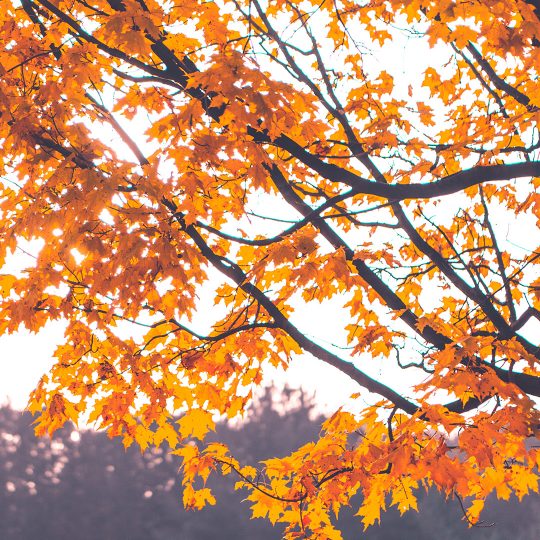Fall Tree Care Tips
From the Ground Up
Posted
September 14, 2023

As the season transitions to fall, all eyes turn to trees. While most of the attention is on the brightly colored leaves, there should also be some consideration for the branches, trunk, and roots. Here are some fall tree care tips to keep in mind before, during, and after the leaves change and drop.
Fall Tree Care Tips
Trees certainly create a striking spectacle this season, but they wouldn’t mind more attention being paid to what’s beneath their fabulous foliage. Fall is a great time to prepare your trees for the harsh winter weather. Cooler days make it easier on you to set your tree up for success for this season and beyond. While attention may be drawn to the colorful crown, it’s best to start preparations from the ground up.
- Soil Care. Trees need nutrients for everything from optimal root growth to leaf health. If you notice leaves turning color and dropping long before the fall, there may be an underlying problem. Since a tree in your lawn doesn’t get nearly as much nutrients as natural forest trees, it’s your responsibility to provide it with the right fertilization and mulch. Add a slow-release fertilizer to the soil in the fall to help it last throughout the winter. Create a blanket of mulch a few inches from the trunk to help regulate soil temperature and retain moisture around the tree. You can even use shredded leaves for an added boost of nutrient-rich mulch.
- Less Water. You may have set up certain irrigation systems to help keep your tree hydrated in the hot summer months. You won’t be needing as much water in the fall or winter. You don’t want to overwater your tree and risk flooding the soil and inviting disease. Before the ground freezes, give your trees a nice long drink to help promote deeper root growth. Evergreens are especially in need of enough water to keep their needles healthy.
- Less Pruning. Prune any dead, diseased, or potentially hazardous branches from the tree. You’ll be able to pick out the dead, bare branches before the leaves fall. And once they fall, you’ll be able to notice if any look discolored or diseased. However, you don’t want to overprune. Pruning kickstarts the growing process, and any new buds that start to grow late in the fall won’t last the winter.
Preparing Trees for Winter
Before the harsh snow, frost, and ice arrive, you want to help get your trees in shape to survive the season. This is especially important for newly planted trees and any other plants that are susceptible to winter damage.
- Support weak limbs with cable and brace techniques.
- Inspect trees and shrubs for signs of disease and pests.
- Wrap young, weak plants or trees susceptible to sun scald.
A certified arborist can help evaluate your tree before winter sets in. Contact Elite Tree Care to set up an inspection this fall and plan for any necessary treatment options.

Download Your FREE Tree Planting Guide
Planting a tree is a cinch, as long as you are properly prepared. Get prepped to plant one tree or 100 with our straightforward guide.